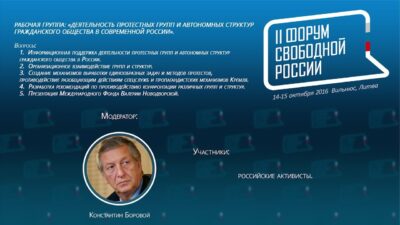The Armed Forces of Ukraine (AFU) control 100 populated areas in the Kursk region, AFU Commander-in-Chief Oleksandr Syrskyy claims.
“We continue to move forward, inflicting significant losses in manpower and equipment on Russian troops. Today we have taken control of 1,294 square kilometers of territory and 100 settlements on it,” UNIAN quoted Syrskyy as saying.
According to him, the Ukrainian army has captured almost 600 Russian soldiers.
The AFU commander-in-chief noted that the Russian army was planning an offensive operation against Ukraine from the Kursk direction. According to him, the goal of the Ukrainian military is to create a safe zone, protect facilities in Sumy region and stop shelling of Ukraine from the territory of the Russian Federation.
“The enemy is trying to counter us, he is pulling troops from other directions, thus weakening them, and trying to create a ring of defense around our offensive grouping, planning counter-offensive actions,” Syrskyy stressed.
The general added that further actions of the Ukrainian army would depend on the operational situation at the front.
The AFU units invaded Kursk Region on the morning of August 6.They currently control about 1,300 km² of territory. The operation is continuing.
Meanwhile, the Russian Defense Ministry assures that the offensive of the Ukrainian forces in Kursk region has been stopped. In particular, this is regularly stated by Major General Apti Alaudinov, deputy head of the Main Directorate for Military and Political Work of the ministry and commander of the Chechen special forces Akhmat. He first spoke of “stopping” the AFU’s advance in the region on August 9 and subsequently repeated the same thing at least five more times.
At the same time, Alaudinov admitted that fighting on Russian territory could continue for several more months. Kursk has already begun installing reinforced concrete shelters against artillery shelling, the governor said. The first priority points for the shelters will be places of mass gathering of people. Similar measures are being taken in Zheleznogorsk, as well as in Kurchatov, where the Kursk nuclear power plant, whose safety has been questioned by the director of the International Atomic Energy Agency (IAEA), Rafael Grossi, is located.
The liberation of Kursk Oblast may be a secondary goal for the Russian leadership compared to the advance in Donetsk Oblast. Moscow is not particularly panicked about the Ukrainian armed forces’ operation, said Tatyana Stanovaya, a senior fellow at the Carnegie Endowment’s Center for Russian and Eurasian Studies. She said it is strategically more important for Vladimir Putin to seize the entire Donetsk region and ultimately provoke the fall of the Ukrainian government than to protect the population in his own country.





